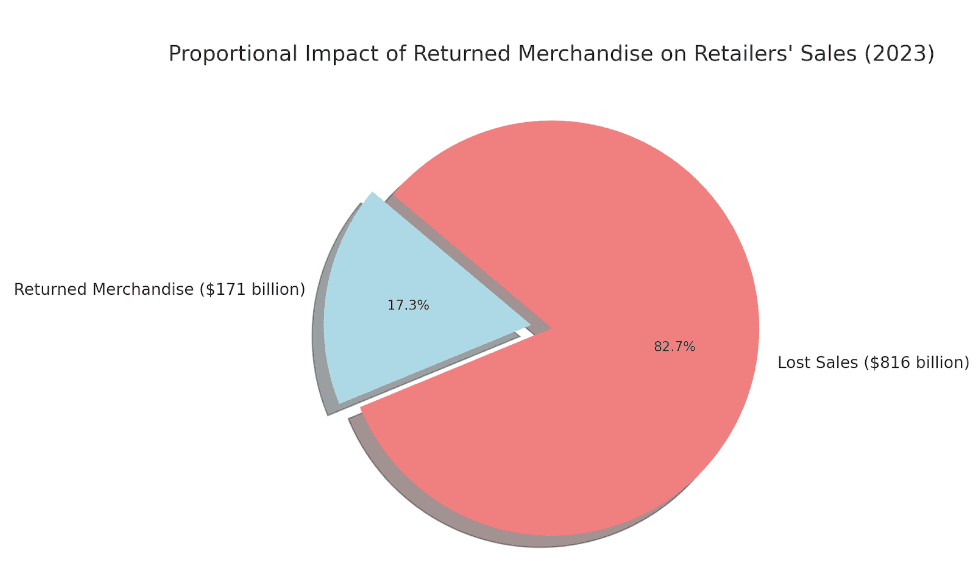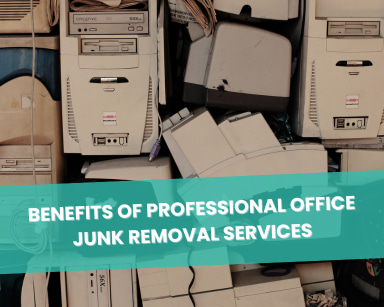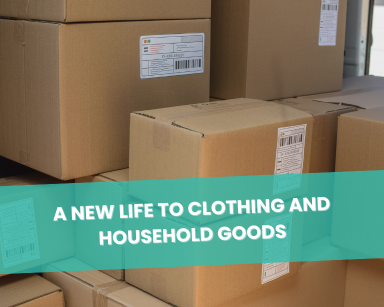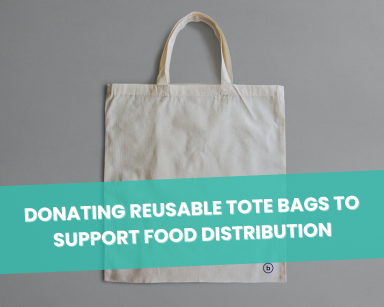What is Amazon Inventory Liquidation? – The Insider’s Guide
Amazon sellers often find themselves navigating through the intricate maze of inventory management, where every unsold item not only represents lost revenue but also a complex, often costly, logistical challenge. The 2023 insight from the National Retail Federation unveils a staggering reality: American consumers were expected to return merchandise worth a whopping $171 billion, cascading into a domino effect of $816 billion in lost sales for retailers. Amidst this, inventory liquidation emerges not as a mere concept but a tangible dilemma, especially for e-commerce giants like Amazon.

Table of Contents
The Realities of Amazon Inventory Management
The Amazon marketplace, while a haven for sellers, conceals within it a multifaceted challenge: managing unsold stock without plummeting into the abyss of financial and logistical nightmares. Overstocking, a common misstep, doesn’t merely tie up capital but also engulfs storage spaces and disrupts cash flow.
The auction frustration, often seen as a viable path for asset resale, is marred by its unpredictability and often results in sellers receiving less than fair value for their items. Wholesale, while seemingly straightforward, is akin to a gamble, where understanding market dynamics becomes pivotal to avoid financial pitfalls.
And then, there’s the pallet dilemma, where storing unsold items not only consumes space and resources but also becomes a ticking financial time bomb, especially with electronic items that add to the burgeoning issue of electronic waste.
The Traditional Liquidation Pathway
Embarking on the journey of inventory liquidation often leads businesses down a path where third-party acquisition becomes a norm, albeit fraught with its own set of challenges.
The asset resale market, while offering a glimmer of hope for debt recovery, often falls short in providing a fair and equitable solution for businesses.
Moreover, the support during business dissolution often lacks a structured approach, leaving businesses grappling with inventory management issues that further complicate the liquidation process.
The Financial Implications of Traditional Liquidation
While traditional liquidation might seem like a straightforward solution, the financial implications can be more complex than they appear. Here are some key points to consider:
- Immediate Cash Flow: Traditional liquidation can provide businesses with immediate cash flow, which can be essential for operations or to cover debts.
- Potential for Lower Returns: Items sold through liquidation often fetch prices significantly below their retail value. This can mean a substantial loss on the original investment.
- Storage Costs: Holding onto inventory in the hope of better prices can lead to escalating storage costs, further eroding profit margins.
- Branding Implications: Selling premium products at heavily discounted prices can dilute brand value and positioning in the market.
Beneficial Reuse: A Visionary Alternative
Beneficial Reuse is a paradigm shift from the traditional pathways of liquidation, where unsold items are not viewed as mere waste but potential assets for communities in need.
This approach doesn’t just forge a community connection but also offers economic sensibility by allowing businesses to claim tax deductions up to the Fair Market Value of their merchandise.
It’s where sustainability, social responsibility, and cost savings intersect seamlessly, providing a solution that’s not only financially viable but also environmentally and socially impactful.
The Process of Beneficial Reuse
The journey from deciding to repurpose an item to its actual distribution through Beneficial Reuse is not just a logistical process but a commitment to a sustainable future.
Companies like Happen Ventures have pioneered this approach, ensuring that every item, from an Amazon warehouse or a wholesale lot, gets a second chance at utility.
This isn’t merely about averting unnecessary auction and liquidation sales, it’s about crafting a narrative where every item, even electronic gadgets, contributes to reducing environmental impact and fostering community development.
Case Study: Happen Ventures’ Impact in Puerto Rico
In Puerto Rico, Happen Ventures didn’t just facilitate the removal of unwanted sanitizer from a customer’s warehouse but transformed it into a lifeline for local charities and organizations.
This wasn’t merely a donation, it was a concerted effort to provide essential hygiene products to communities while also imparting knowledge through training sessions on utilizing the sanitizer effectively.
It was a testament to how Beneficial Reuse doesn’t just dispose of but repurposes, creating ripples of positive impact in communities.
The Future of Inventory Management and Liquidation
As the global narrative shifts towards sustainability, sellers on platforms like Amazon are compelled to adopt innovative strategies like Beneficial Reuse.
This isn’t merely about reducing waste or making a social contribution, it’s about aligning with a business model that resonates with contemporary demands and reflects a commitment to a sustainable future.
The approach transcends traditional methods, offering a solution that doesn’t just manage inventory but also contributes to a global effort of sustainability, social contribution, and sound business sense.
The Bottom Line
In the realm of inventory management and liquidation, Beneficial Reuse emerges not just as an alternative but a beacon of sustainable, community-focused, and economically viable solution.
It’s a call to Amazon sellers and businesses alike to look beyond the conventional, to explore a pathway that doesn’t just recover losses but transforms them into opportunities that foster community development, environmental sustainability, and economic sensibility.
It’s time to explore Beneficial Reuse, where every unsold item becomes a vessel for change, impact, and sustainable future.










